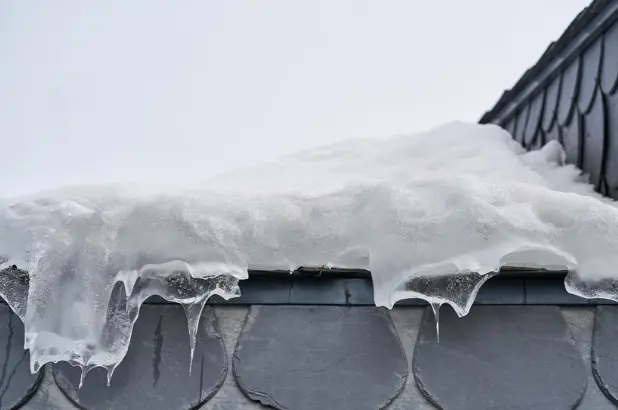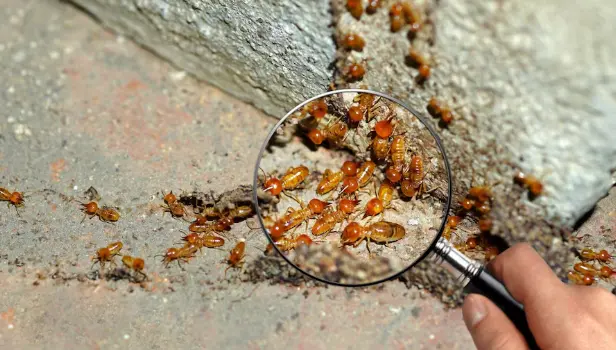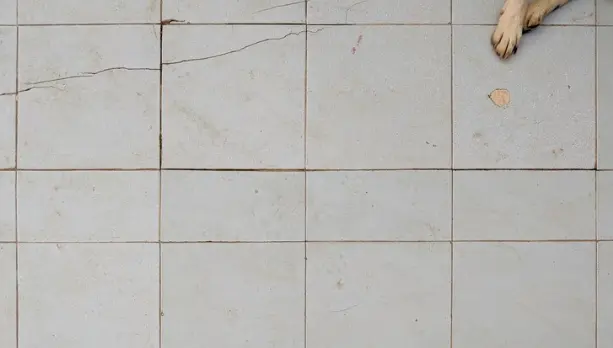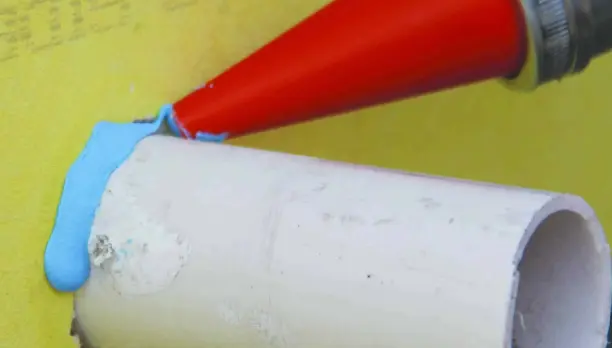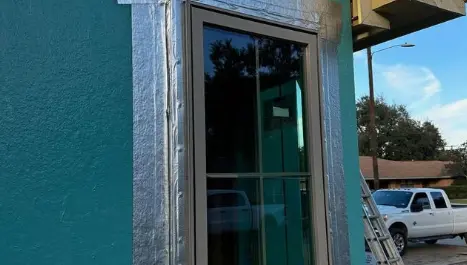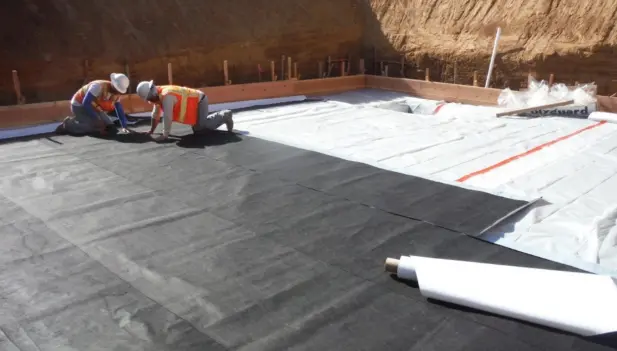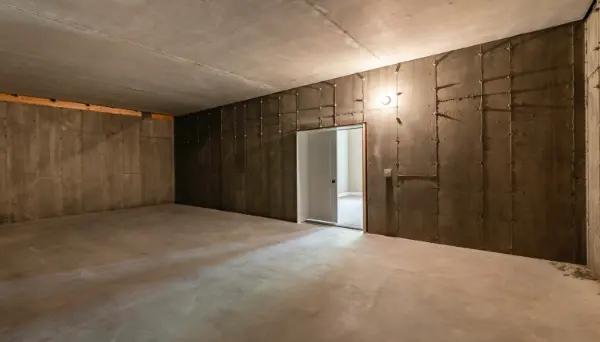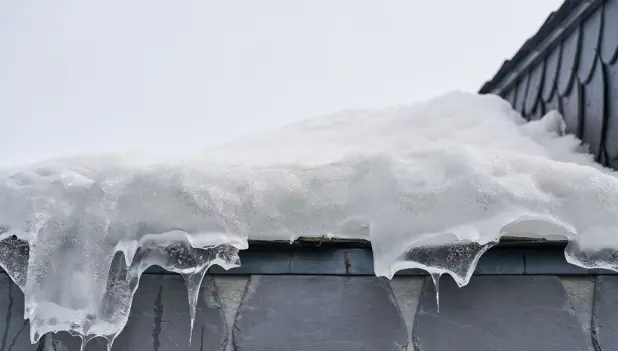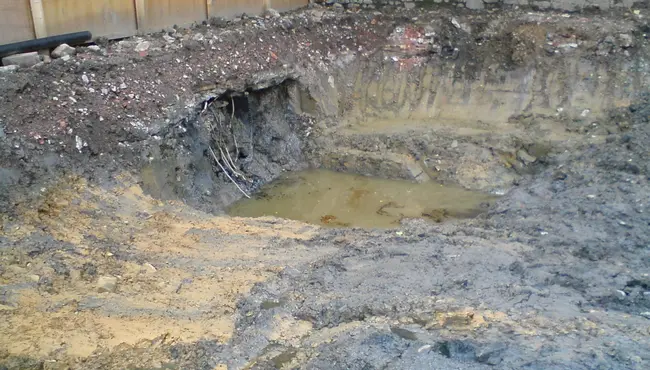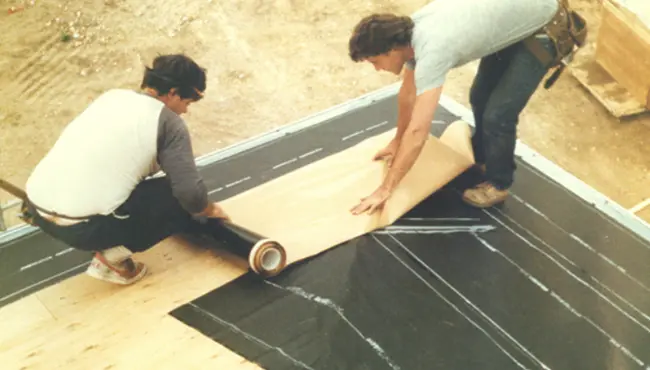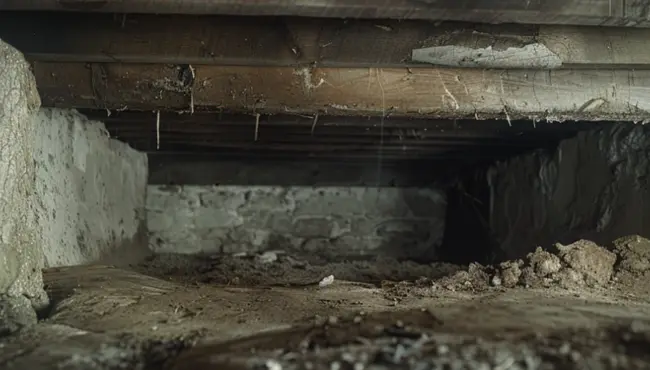Ice dams are a persistent issue for homeowners, causing water infiltration that leads to costly repairs and potential structural damage. Preventing ice dams is crucial to protecting your roof and home during the harshest winters.
This article explores effective strategies for addressing this challenge, including advanced waterproofing solutions.
Understanding Ice Dams
Ice dams form when snow on a roof melts and refreezes along the cooler edges, typically near the eaves. This buildup creates a barrier that obstructs water drainage, often caused by uneven roof temperatures due to heat loss from the attic. Without proper prevention, this process can lead to water infiltration and significant damage.
Traditional Ice Dam Prevention Methods
Addressing internal factors that contribute to ice dam formation is essential for prevention. By maintaining consistent roof temperatures, homeowners can significantly reduce the risk of snowmelt refreezing at the edges. Key methods include:
Improving Insulation
Attic insulation minimizes heat transfer from living spaces below, keeping roof surfaces closer to outdoor temperatures. This prevents uneven snowmelt, reducing ice dam formation.
Sealing Air Leaks
Sealing gaps around chimneys, vents, and fixtures prevents warm air from escaping into the attic, helping to stabilize roof temperatures.
Ensuring Proper Ventilation
Ventilation systems, including ridge and soffit vents, maintain airflow that regulates attic temperatures, preventing roof overheating.
While traditional methods address the internal causes of ice dams, external solutions like high-performance roof underlayments provide the essential layer of protection needed to prevent water damage and ensure long-term durability.
Protect Your Roof with High-Performance Underlayments
High-performance roof underlayments serve as an essential defense against water infiltration caused by ice dams. These advanced materials act as a barrier beneath roofing shingles, preventing water from penetrating the roof deck.
Advanced Engineering for Ice Dam Defense
Unlike traditional roofing materials, high-performance underlayments provide continuous protection in challenging scenarios. For example:
- Ice Dams and Water Backup: When water pools behind ice dams, underlayments prevent it from seeping into the roof deck and causing structural damage.
- Extreme Temperature Swings: Engineered to endure freezing conditions and high heat, these underlayments maintain their integrity year-round.
- Supplementing Traditional Roofing: Standard shingles alone cannot stop water intrusion when ice dams form. Underlayments add an extra layer of security, acting as a fail-safe for the entire system.
Key Features of Advanced Roof Underlayments
High-performance roof underlayments share several critical features that make them effective against ice dam damage:
- Self-Sealing Technology: Seals around nails and fasteners to prevent water leakage.
- Thermal Resistance: Withstands extreme temperatures, ensuring durability under heat-retaining roofing materials like metal and tile.
- Slip-Resistant Design: Textured surfaces improve safety during installation.
These features make high-performance underlayments a reliable choice for homeowners in regions prone to severe winters.
Polyguard’s Deckguard® HT: A Reliable Solution
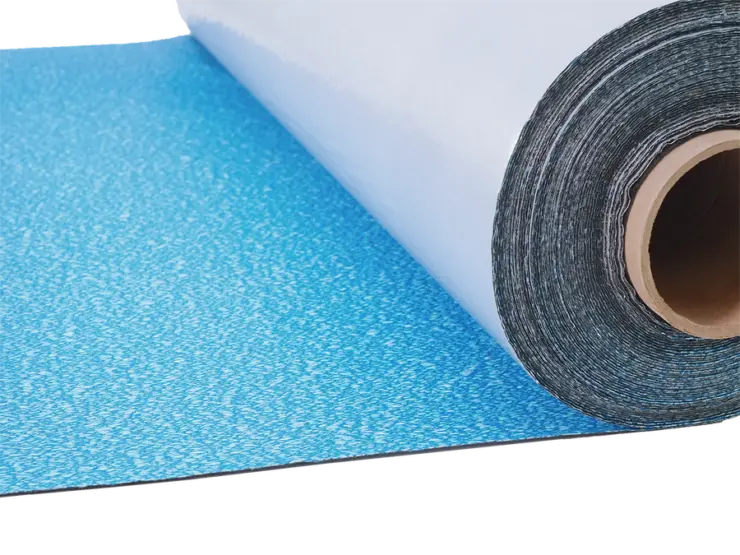
Polyguard’s Deckguard® HT is specifically engineered to handle the demands of ice dam prevention. Its ability to withstand temperatures up to 260°F makes it ideal for roofs with heat-retaining materials like metal, tile, and slate. The self-sealing technology ensures fasteners remain watertight, while compliance with ASTM D1970 standards guarantees reliable performance.
For maximum protection, Deckguard® HT should be applied to vulnerable areas such as eaves, valleys, and roof penetrations.
Avoiding Harmful Ice Dam Removal Methods
Attempting to remove ice dams without proper techniques can lead to significant damage to your roof and personal injury. It's important to avoid certain methods that may seem effective but are actually harmful:
Using a Hammer or Sharp Tools
Physically breaking ice dams with a hammer, chisel, or other sharp tools can damage roofing materials, including shingles and gutters. This approach often leads to costly repairs and compromises the roof's integrity.
Applying Rock Salt or Chemicals
Spreading rock salt or chemical de-icers on the roof may seem like a quick fix, but these substances can corrode shingles, gutters, and downspouts. Additionally, they can harm surrounding vegetation and pose environmental risks.
Improper Use of Roof Rakes
While roof rakes can help remove snow, improper use—such as scraping too closely to the shingles—can cause damage. It's essential to use roof rakes correctly to avoid harming the roofing materials.
For safe and effective ice dam removal, it's advisable to consult professionals who use appropriate methods, such as steam removal, to eliminate ice dams without damaging your roof.
Expanding Protection: Combining Traditional and Advanced Solutions
Combining traditional methods with high-performance underlayments offers a layered approach to ice dam prevention. Internal strategies like insulation, air sealing, and ventilation stabilize attic temperatures, reducing the risk of snowmelt refreezing. Meanwhile, underlayments provide a fail-safe barrier, ensuring water trapped by ice dams cannot infiltrate the roof deck. This dual approach delivers comprehensive protection for roofing systems.
Build Long-Lasting Protection with Polyguard’s Advanced Solutions
Polyguard’s high-performance roof underlayments are engineered to provide unmatched protection against the damaging effects of ice dams.
Contact us today for more information.
